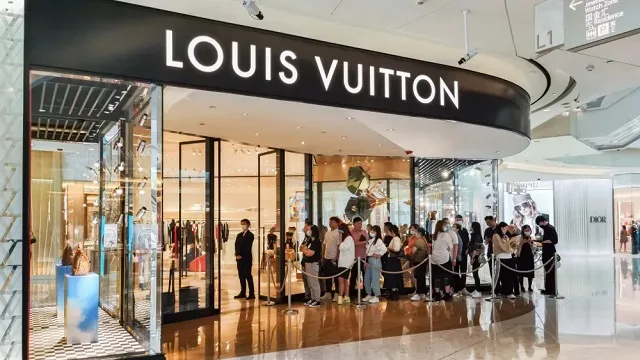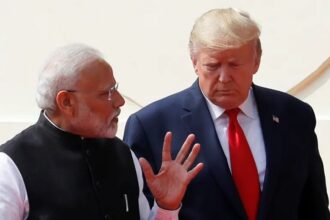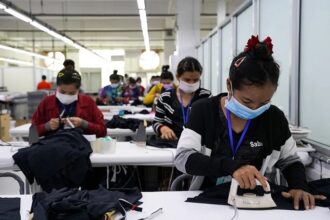Luxury brands are facing mounting pressure as Generation Z consumers reshape the global fashion market, demanding authenticity, affordability and sustainability. While labels such as Louis Vuitton and Gucci face challenges in appealing to younger buyers, brands like Miu Miu, Loewe and Coach are capturing attention with fresh strategies and accessible products.
Gen Z reshaping luxury spending
French shoppers Fleur Arbel and Christophe Kairouz, both 24, were recently drawn into Louis Vuitton’s New York flagship store by a colorful display of monogrammed animals. Yet, despite the spectacle, both said the brand’s designs felt outdated.
“I think they have, in a way, failed to preserve the image of luxury,” said Kairouz. “In my opinion, they should create something new, original.”
Their skepticism reflects a broader shift. Before the pandemic, Gen Z accounted for just 4% of global luxury spending. By 2030, that figure is expected to climb to 25%, according to the Boston Consulting Group. Unlike older generations, Gen Z consumers shop across multiple platforms, mixing luxury pieces with second-hand fashion and viral TikTok labels.
Also Read: Back-to-School Boost Lifts U.S. Apparel Retail
Affordable luxury gains ground
Legacy brands are experimenting with influencers, pop-ups and lower-priced accessories to capture this audience. Coach and Ralph Lauren, for example, have benefited from Gen Z’s appetite for affordable luxury. Coach’s revenue rose 9.9% to $5.6 billion in the 12 months to June, supported by campaigns emphasizing sustainability and personalization.
Tapestry, Coach’s parent company, has increased marketing spend from 3% of revenue before the pandemic to 10% this year. “To stand out, you have to have a high visibility,” said Scott Roe, Tapestry’s chief financial officer and chief operating officer.
Miu Miu, owned by the Prada Group, has also surged in popularity. Its sales jumped 49% in the first half of 2025, with leather bag charms priced between $240 and $1,250 helping the brand attract younger first-time buyers. Lyst, the fashion shopping platform, ranked Miu Miu first and Loewe second in its index of the hottest luxury brands.
Gucci falters as competition intensifies
Not all houses are keeping pace. Gucci’s sales slumped 25% in the second quarter, prompting parent company Kering to replace CEO Stefano Cantino after just nine months in office. Gucci has also seen the steepest decline in social media engagement among luxury brands, according to data from research firm dcdx.
Kering’s shares have fallen 43% over two years, while Tapestry’s value has more than tripled. “Among legacy brands, the divide is widening between those who win and those who drop out,” said Federica Levato, senior partner at Bain & Company.
Also Read: Asia Textile Chemicals Market to Soar to USD 28.5 Billion by 2035
New players emerge in Asia
Chinese designers such as Uma Wang and Shushu/Tong are gaining momentum, boosted by digital fluency and growing national pride among younger consumers. Chanel CEO Leena Nair told the Economic Club of New York this month that “the longevity of a brand can never be taken for granted,” stressing the need for constant reinvention.
Analysts say the battle for Gen Z loyalty will define the next decade of luxury. With younger buyers demanding inclusivity, sustainability and originality, brands unable to adapt risk losing relevance in the world’s fastest-growing consumer segment.
This report is based on an article published in FashionNetwork.









